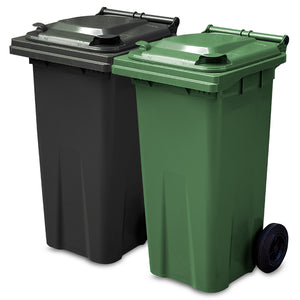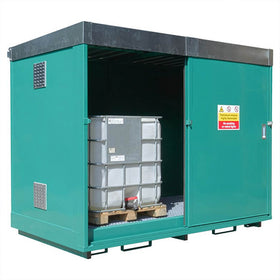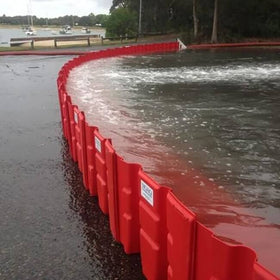Will second time be a charm for Shell's "Containment Dome"?
Back in September we reported that Shell had suffered a major setback in their plans for exploratory drilling in the Arctic after a key component in their spill response arsenal, the “Containment Dome”, was “crushed like a beer can” during routine testing.
In emails obtained through a freedom of information request it was revealed that under calm conditions in the Puget Sound an electrical fault caused the dome to torpedo to the surface and then rapidly descend, crumpling the top portion of the steel dome in the process.
Since the failed test Shell have been working to notably strengthen the dome, reinforcing it with an additional outer frame. Before the dome can be deployed in the Arctic it must first receive approval from the Bureau of Environmental Enforcement, and Nicholas Pardi, a spokesman for the BSEE confirmed “that approval will not be granted until the test is completed to our satisfaction”.
Last week the Arctic Challenger left the Port of Bellingham for Puget Sound for a second round of testing.
Shell has conceived the dome as their “fourth line of defence” in the event that other primary systems fail to contain a spill. The dome would vacuum up any gushing oil and guide it to Shell’s spill response vessel, the Arctic Challenger, for filtering.
However, the modifications made to the dome will have done little to allay the fears of environmental groups and politicians alike that are fearful of the catastrophic effects that an oil spill in the Arctic would have.
The Arctic Research Commission have already stated that oil spill tests need to be undertaken in the Arctic, which would give officials and Shell a clearer understanding of whether or not the equipment can function in adverse conditions. The Alaskan Arctic will pose many unparalleled difficulties for even multinational oil companies. Average summer temperatures are nearly -7°C and can go as low as -20°C while workers will also have to contend with gale force winds and miles of harsh conditions without any real infrastructure.
Christophe de Margerie, the CEO of Total, recently took the unusual step of declaring that his company would not be attempting to drill for oil in the Arctic as the risks of a spill were just too high.
If Shell’s testing of the modified Containment Dome is successful then they will look to conduct further exploratory drilling in 2013.




